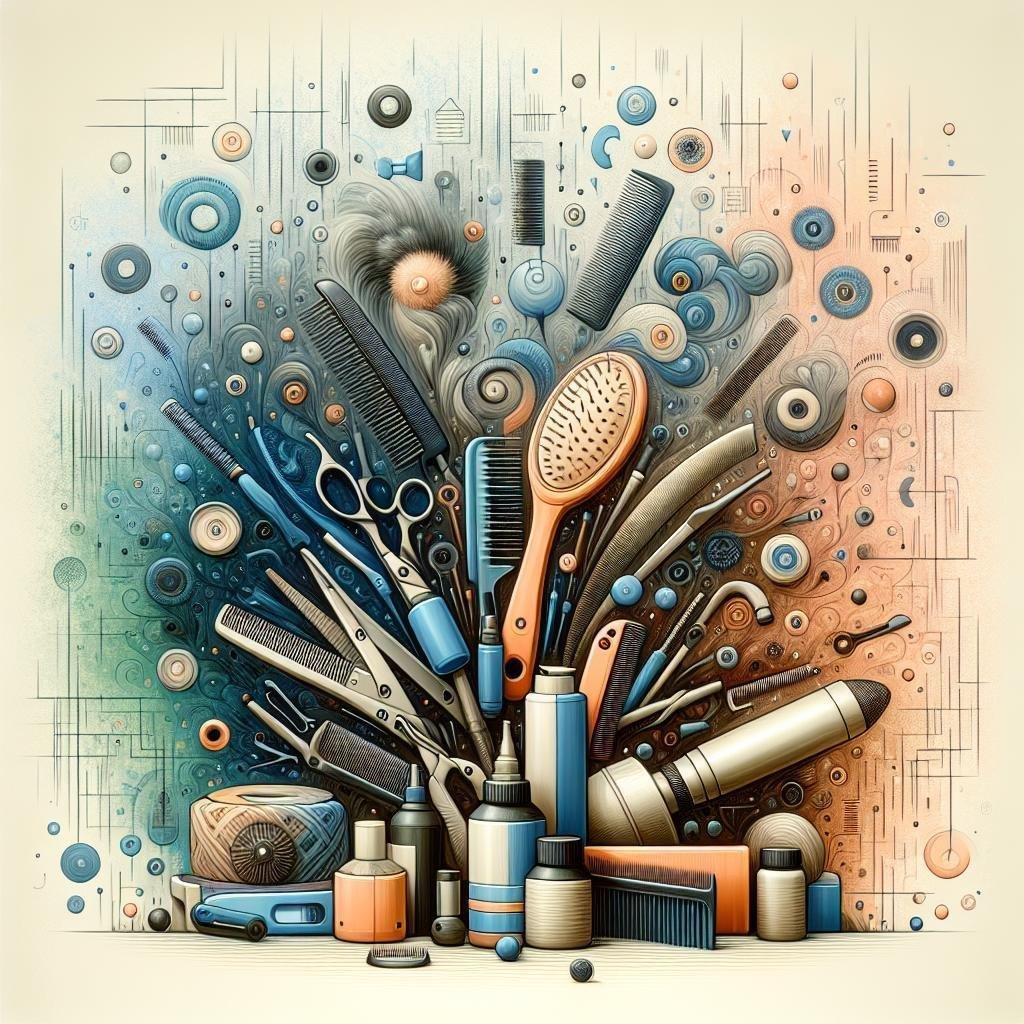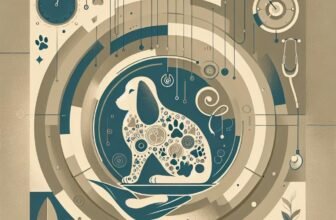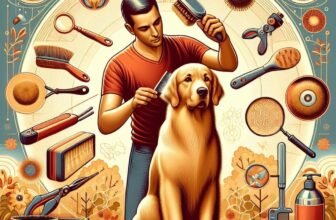
Check out our latest products
When it comes to pet care, grooming is an essential aspect that not only contributes to your furry friend’s appearance but also plays a significant role in their overall health and well-being. However, grooming isn’t a one-size-fits-all routine; diffrent coat textures require different approaches to ensure that your pet stays cozy and looking their best. Whether you have a sleek short-haired cat, a fluffy long-haired dog, or a wiry-coated terrier, understanding the specific grooming needs of various coat types is crucial.In this article, we’ll explore essential grooming tips tailored to pets with different coat textures, helping you keep your beloved companions clean, healthy, and stylish, while also making the grooming process a more enjoyable experience for both you and your pets. let’s dive into the world of pet grooming and discover the best practices for every coat type!
Table of Contents
- Understanding Different Coat Textures and Their Grooming Needs
- Tools of the Trade: Essential Grooming Supplies for Every Coat Type
- Brushing Techniques for Long, Short, and Curly Coats
- Bathing and Drying Tips to Keep Your Pet’s Coat Healthy and Shiny
- In Retrospect
Understanding Different Coat Textures and Their Grooming Needs
Grooming requirements can vary considerably depending on the texture of your pet’s coat. For smooth-coated pets, such as Beagles and Dalmatians, a simple brush-down once a week is usually sufficient to remove loose hair and dirt. These breeds generally have short hair that does not mat easily, making them relatively low-maintenance. However, it’s essential to use a rubber grooming mitt or a soft-bristle brush to enhance their shine and promote skin health. In contrast, pets with long, straight coats like Collies or Afghan Hounds necessitate more frequent grooming sessions—ideally every two to three days.This helps prevent tangles and mats from forming in their luxurious fur, ensuring their coats remain healthy and manageable.
For pets with curly or wavy coats, such as Poodles and Portuguese Water Dogs, regular grooming is crucial to maintain their unique texture. These breeds require more intensive care, typically involving combing every day and a thorough grooming session with clippers or scissors every few weeks. A slicker brush is an effective tool for detangling curls and preventing matting. Additionally, it’s significant to utilize specific shampoos and conditioners designed for curly coats to keep their fur hydrated and defined. To aid in managing these various coat types, refer to the table below for a rapid comparison of grooming needs:
| Coat Type | Grooming Frequency | Recommended Tools |
|---|---|---|
| Smooth | Weekly | Rubber Mitt, Soft Brush |
| Long straight | Every 2-3 days | Wide-Tooth Comb, Pin Brush |
| Curly/wavy | Daily | Slicker brush, Clippers |
Tools of the Trade: Essential Grooming supplies for Every Coat Type
Choosing the right grooming tools is crucial for maintaining the health and appearance of your pet’s coat. Each coat type has its unique characteristics and requires specific supplies to keep it looking its best. For pets with short coats, a simple combination of a rubber grooming mitt and a bristle brush is frequently enough sufficient. These tools help remove loose fur and dander while gently massaging the skin underneath. For those with medium coats, a slicker brush or a pin brush works wonders in detangling and smoothing, while a fine-toothed comb can help at the base to prevent matting.
Long-haired pets present a different set of challenges. Essential tools for these breeds include a wide-toothed comb to untangle knots without breaking the hair, along with a quality slicker brush for routine grooming. Additionally, an undercoat rake is beneficial for those with double coats, effectively removing the dense underlayer of fur.Depending on the coat type, consider the following essential supplies:
| Coat Type | Essential Tools |
|---|---|
| Short Coat | Rubber grooming mitt, Bristle brush |
| Medium Coat | Slicker brush, Pin brush, Fine-toothed comb |
| Long Coat | Wide-toothed comb, slicker brush, undercoat rake |
Brushing Techniques for Long, Short, and Curly Coats
When managing long coats, the key is to avoid matting and tangles. Start by dividing the coat into sections using hair clips or bands to keep the process organized. Use a wide-tooth comb to gently detangle the hair, beginning at the ends and working your way up to the roots. Follow this with a bristle brush to smooth out the coat and distribute natural oils, giving a shiny appearance. Regularly scheduled grooming sessions, ideally every few days, can help maintain a clean and healthy coat, reducing the risk of knots and discomfort for your furry friend.
Short coats require a different approach,focusing more on the skin and less on detangling. Use a rubber grooming mitt or a slicker brush to collect loose hair and dander, which also promotes blood circulation in the skin. For curly coats,invest in a dematting tool or a wide-tooth comb to carefully work through curls without causing breakage. Moisturizing sprays can be beneficial for keeping curls hydrated and defined.Aim for brushing sessions at least once a week, adapting your technique to each coat type to ensure your pet enjoys the experience.
Bathing and Drying Tips to Keep Your Pet’s Coat Healthy and Shiny
When it comes to bathing your pet, it’s essential to choose the right products and procedures for their specific coat type.Use a mild pet shampoo that’s free from harsh chemicals, as this will prevent skin irritation and maintain the natural oils that keep their coat healthy. Frequency matters too; dogs with oily coats may benefit from more frequent baths, while those with dry or sensitive skin should be bathed less often.Here are some tips to ensure a prosperous bath time:
- Brush your pet’s coat thoroughly before bathing to remove any tangles or loose fur.
- Test the water temperature to ensure it is indeed comfortably warm, avoiding hot water.
- Rinse well to ensure that no shampoo is left behind, as residue can lead to skin irritation.
Once your pet is clean, drying them properly is equally critically important for a healthy and shiny coat.Air drying is ideal, but if your pet is prone to getting cold or if they have a thick coat, you may want to use a blow dryer on a low setting. microfiber towels can be incredibly useful for absorbing excess moisture without causing frizz. Here are some helpful drying techniques:
- Gently squeeze out excess water with your hands before applying a towel for a quicker drying process.
- Avoid vigorous rubbing to prevent damage to the fur and skin.
- Finish with a brush to distribute natural oils and create a shiny finish.
In Retrospect
taking the time to understand and cater to your pet’s specific grooming needs based on their coat texture is crucial for their overall health and happiness. From the sleek shine of a short coat to the luxurious volume of a long, flowing mane, each type of fur requires unique care and attention. Implementing the right grooming techniques not only keeps your pet looking their best but also strengthens the bond between you and your furry companion.
Remember, regular grooming is more than just aesthetics; it’s an important part of your pet’s hygiene routine and can help prevent health issues down the line. Whether you choose to embrace brushing, bathing, or professional grooming services, the key is consistency and patience. By following these essential grooming tips tailored to your pet’s coat texture, you can ensure they remain happy, healthy, and stylish for years to come. Happy grooming!










